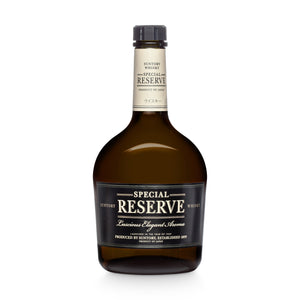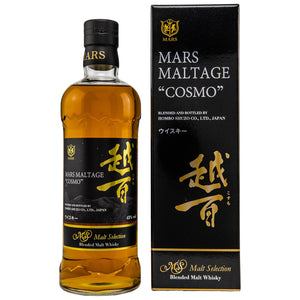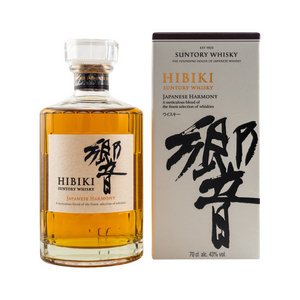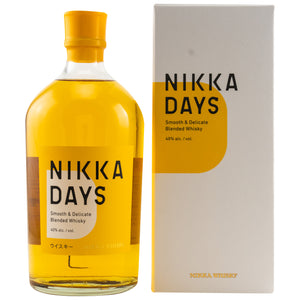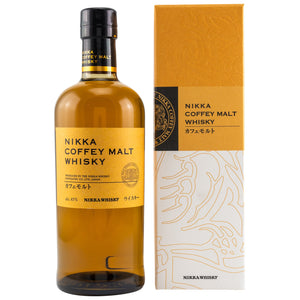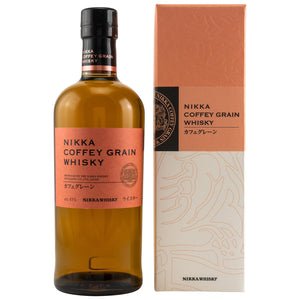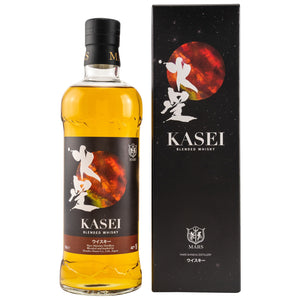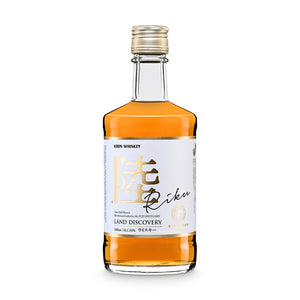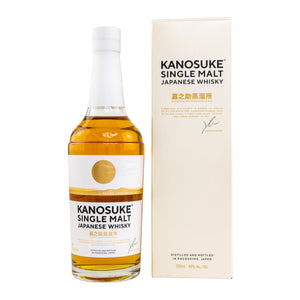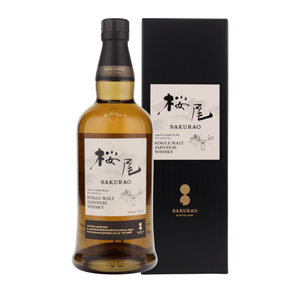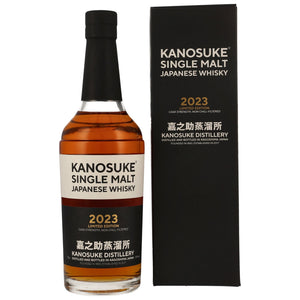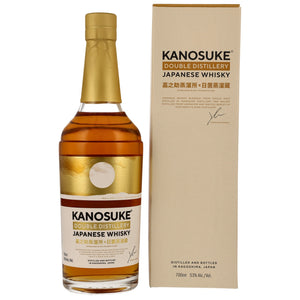For a long time now, whisky has not only come from Scotland, Ireland or the USA. Other nations have also long since made a name for themselves in terms of "liquid gold". First and foremost Japan, because the land of the rising sun is now one of the great whisky nations. This is also commonly known. But not all whisky fans know about the history of Japanese whisky, which looks back on a long tradition, as well as about the advantages of Japanese whisky.
"Soft water, misty mountains and a lot of experience are important ingredients for good whisky", Makoto Sumida, brewing expert and taster of the Suntory Yamazaki Distillery is sure. "But the most important thing is patience." Japanese whisky has a tradition of over 100 years, and yet it still happens that some people don't even know the really good wines from Nippon. There is a real run on them, and that is also the reason why Japanese whisky is becoming rarer and rarer and therefore more expensive. But why are the Japanese outpacing the Scots in terms of demand and sales?

The history of Japanese whisky
The history of Japanese whisky goes back to two men: Shinjiro Torii and Masataka Taketsuru. In 1899 Torii founded the company Torii Shoten and initially sold imported wine within his country. In 1907, he expanded his range to include his homemade Akadama port wine, which sold successfully in Japan. Having grown into a successful entrepreneur, he can't shake off his vision of producing a Japanese whisky which, although distilled like Scotch, is so influenced by the complex climate of his country that something completely new is created. Completely inexperienced in whisky, he brought on board the experienced master distiller Masataka Taketsuru in the early 1920s, who was the first Japanese to study the fine art of whisky making in Scotland. During his studies of chemical sciences at the University of Glasgow, Taketsuru also completed numerous lectures and internships in various renowned distilleries, learning the whisky craft first-hand from masters and being trained as a master blender.
Torii founded the Kotobukiya company for his whisky project in 1921, which he renamed Suntory a short time later, and two years later began building his first distillery "Yamazaki" near Kyoto. Yamazaki is located at the foot of Mount Tenno and is famous for its soft, clear water. Torii, with the support of his master distiller Taketsuru, launched the first Japanese whisky in 1929, which was initially very peaty due to the experience Taketsuru had gained in Scotland. The Japanese did not like this whisky at all. To save his investment, Torii experimented with cask ageing and left out the peat smoke, because Suntory whiskies were to harmonise better with Japanese food.
Due to personal differences with Torii, Taketsuru left Suntory after only ten years and founded the successful Nikka company in 1934 with the construction of his first distillery "Yoichi" near Sapporo on the island of Hokkaido. Suntory and Nikka have been rivals ever since, but both are more than successful entrepreneurs. Today, Suntory is the largest producer of Japanese whisky and also one of the five largest beverage companies in the world. Nikka is the second largest Japanese whisky producer and has been part of the Asahi Group since the early 2000s.




